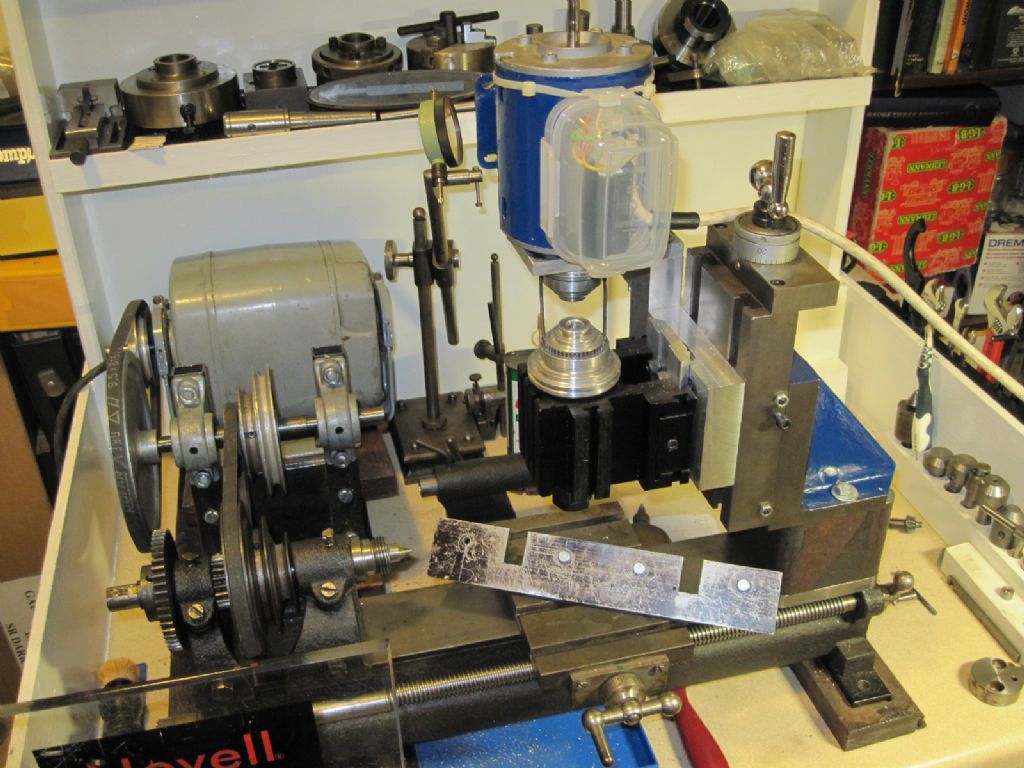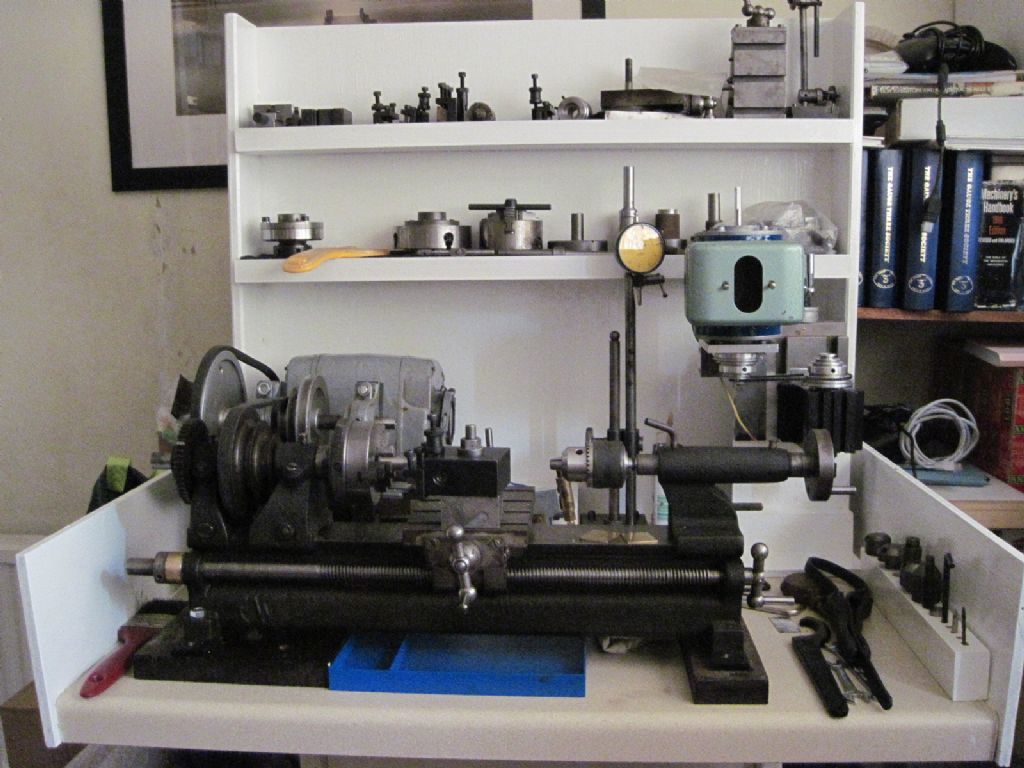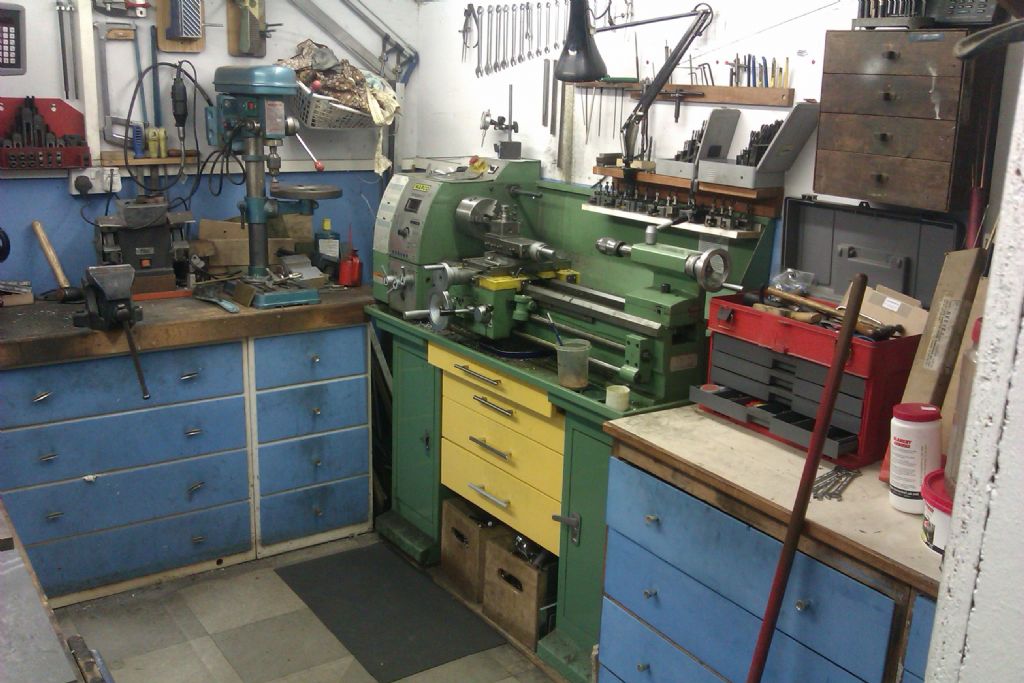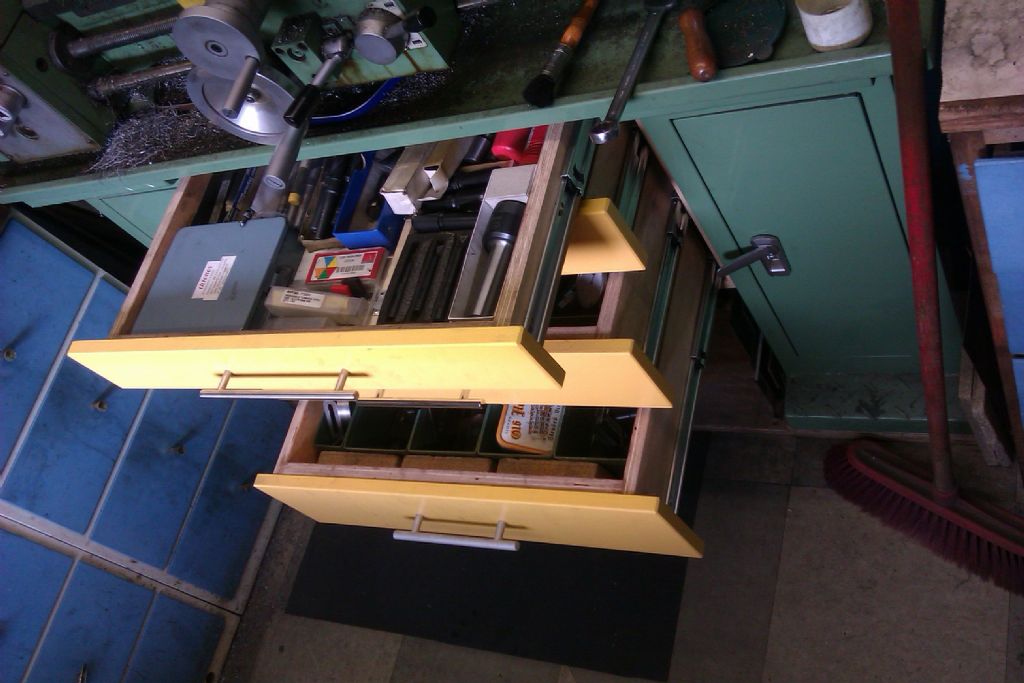It will be surprising if your fellow M.E.S.members are anything less than helpful with advice and even facilities, so do ask questions and chat with them.
Many superb models have been made on small lathes; the ingenuity used is amazing.
With regard to weight, don't forget the bench on which the lathe will sit. It needfs to be sturdy and rigid, which will mean weight. 50mm x 50mm framing will make a strong bench, but be heavy, especially once you have added a ply top (preferably 18mm) to it. You could well make the bench fill all the space available, as you will need room for other work, especially vice work.
This may sound like overkill, but a flimsy bench will lessen accuracy, and in the long run, could eventually twist the lathe bed slightly.
I would urge setting the lathe so that bed is free of twist. For this you either need to adopt the practice given in books like The Amateur's Workshop (Ian Bradley /The Amateur's Lathe (L.H.Sparey)/ Myford Series 7 Manual (Ian Bradley). One or all will be useful reference s for years to come, as will The Model Rngineerrs Handbook by Tubal Cain. And, No, I don't have shares in any of the publishers!
With regard to noise, you could try standing the bench legs on rubber pads, to reduce the risk of noise "telephoning" through to the rest of the house. (You don't want the ground floor complaining every time that you drill a hole!) 6 mm minimum would be my suggestion to try to isolate the lathe and bench from the floor.
But don't use rubber so soft, or so thick that the whole thing wobbles like a jelly on a plate.
On the subject of flooring and swarf removal, how about something along the lines of a cushionfloor material? You may be able to pick up a remnant fairly cheaply from a carpet/flooring shop. Sweeping swarf off it with a dustpan and brush will be easy as there is nothing for the swarf to hang onto, and oil or coolant can easily be wiped up. And there are no cracks/crevices where a dropped small nut/washer/drill or tap can hide.
It will make standing a little more comfortable and cleaning easier If possible make it bigger then the workshop floor area by about 50 or 60 mm all round, so that the excess curls up the walls to avoid corners where swarf can hide. It would be nice if the top edges could be attached, or sealed to the walls, so that the swarf can't get behind it, (It matches Houdini or Heineken for reaching places that you can't!)
You will already be aware of the need for measuring equipment. An inexpensive starting point is a digital calliper, (Lidl or Aldi have them as draw lines from time to time, for about £9. Assuming that you are UK based)
Don't forget the old faithful of a good 6" rule for rough measurements. (One of my Instructors warned me, as an Apprentice, that it was possible to correct to within a thou, but be an inch out – a good point! Another could use his and measure to within a few thou- EXPERIENCE!)
The next stop en route to bankruptcy, should be via a Dial Test Indicator (aka a "clock" , ideally on a Magnetic Base, but a Scribing Block will be just as good, for a lot of work. A nice extra would be a "finger clock" (Verdict type) graduated in 0.005" (in old money) or 0.01mm for EU members.
, ideally on a Magnetic Base, but a Scribing Block will be just as good, for a lot of work. A nice extra would be a "finger clock" (Verdict type) graduated in 0.005" (in old money) or 0.01mm for EU members.
You may well be able to acquire some or all of these, and Micrometers, secondhand, from fellow Club members, if a Club "junk sale" is ever held, or at one of the Model Engineering Exhibitions. Only caveat is if it looks battered, DON'T.
An inaccurate measuring device is a waste of time, money, and ultimately material. Once I bought a Vernier Calliper, new, from the local branch of major "high street" tooling supplier. After finding that the Inside and outside jaw readings differed by a couple of thou, it was returned, and exchanged for an accurate one. To my horror, "mine" was replaced in the display cabinet, with the comment "Well, it's only for hobby use"!!!!!!
Hope that all of this is of some help to you starting out on a most useful and absorbing hobby.
Howard
Russ B.






 , ideally on a Magnetic Base, but a Scribing Block will be just as good, for a lot of work. A nice extra would be a "finger clock" (Verdict type) graduated in 0.005" (in old money) or 0.01mm for EU members.
, ideally on a Magnetic Base, but a Scribing Block will be just as good, for a lot of work. A nice extra would be a "finger clock" (Verdict type) graduated in 0.005" (in old money) or 0.01mm for EU members.





